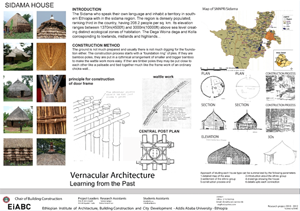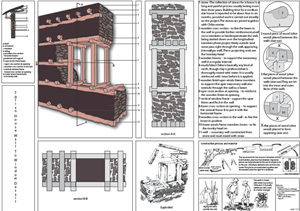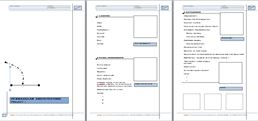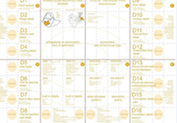

Catalog of Vernacular Architecture in Ethiopia
Learning from the past
Background
“If the challenge of world housing is to be worked out today, it necessitates the understanding, support and servicing of the vernacular architectural traditions of houses.” Paul Oliver, Addis Ababa, 2007.
Vernacular Architecture in literary terms may be defined as the architectural languages of the people. Related to their environmental context and available resources, Vernacular Architectures are built by utilizing traditional materials and with it appropriate technologies. Vernacular Architectures usually meet specific needs, accommodate cultural and social values, and relate to existing economic possibilities.This research aims to explore the Vernacular Architectural system in Ethiopia and its contribution to a possible future sustainable housing theory for several ethnic and tribal groups in Ethiopia.
Objective
The main objective of this research is three fold: Documentation(analysis and documentation of existing house typologies), Improvement (improvements by combining traditional materials and new building techniques and methods), and Replacement (new housing typologies using traditional techniques giving a social identification).
Analyzing existing publications:


Development of questioners and templates:


Site survey:



Documentation:


Fig. Wolaita House Fig. Wolaita House structural frameworks
